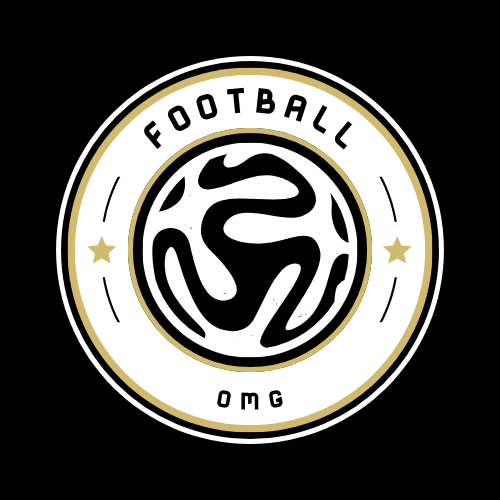The football transfer market is an endlessly fascinating ecosystem where clubs scramble to secure talent while constantly reassessing their strategies based on shifting player dynamics. One of the unfolding narratives involves Bayern Munich, which appears poised to bid farewell to young talent Mathys Tel. The Bavarian giants are keen to secure a striker to fill this expected gap, eying players like Viktor Gyökeres of Sporting CP and Nico Williams from Athletic Club as potential reinforcements. This pursuit encapsulates the urgency and competitive spirit inherent to football’s transfer landscape.
Bayern Munich’s scenario is a classic illustration of how one player’s potential departure can catalyze a chain of events affecting the entire squad. Tel, only 19 years old, is currently on loan and may find his temporary arrangement turned into a permanent transfer by Tottenham Hotspur, who are considering triggering his €60 million release clause. In this high-stakes game, Bayern’s proactive measures to scout new talent are not just prudent; they speak volumes about the club’s ambitions and its need to adapt swiftly to the unpredictable nature of player transfers.
West Ham United’s Bold Pursuits
While Bayern’s ambitions are gathering attention, West Ham United emerges as another club actively shaping its future roster. Reports indicate spirited internal discussions regarding the transfer of Sunderland’s promising midfielder, Chris Rigg. The 17-year-old’s services appear highly coveted, particularly as West Ham has positioned itself ahead of fierce competitors like Tottenham Hotspur. This situation highlights a tactical advantage for West Ham that could transform their midfield strength substantially.
However, the pursuit doesn’t stop with Rigg. West Ham is also eyeing Angel Gomes, who is set to become a free agent this summer, but has reportedly not accepted their lucrative £100,000-per-week offer. This development underscores the complexities and negotiations that characterize the transfer market, where financial incentives must align with a player’s aspirations and comfort. The Hammers’ drive to bolster their squad reflects an ambition to not just survive but thrive in the competitive English Premier League.
Competitive Landscape Across the League
As the transfer market heats up, rival clubs are also making intriguing moves. Arsenal’s interest in Ajax’s versatile defender Jorrel Hato showcases the prevailing trend of targeting young, adaptable players who promise long-term value. His ability to play both left-back and center-back positions makes him an attractive option, particularly given the competition from established clubs like Real Madrid and AC Milan.
In contrast, Bournemouth’s objective to convert Kepa Arrizabalaga’s loan into a permanent transfer serves as a critical moment for both player and club. The goalkeeper, who could represent a vital asset for the Cherries, faces the daunting task of potentially accepting a pay cut. This scenario encapsulates the often unglamorous realities of player transfers – negotiations that hinge not just on talent but also financial pragmatism.
Emerging Patterns of Player Movement
The transfer speculations are likewise seeing clubs like Everton and Aston Villa engaged in contract talks to stave off interest from other sides in pivotal squad members. Everton’s impending discussions with Jarrad Branthwaite underscore a growing trend where clubs prioritize retaining their homegrown talent, essential for team cohesion and identity. Meanwhile, Aston Villa’s engagement with Boubacar Kamara over a new contract reflects a commitment to securing key players who can influence match days and uplift the overall team morale.
With the summer transfer window looming closer, the focus will not only be on incoming signings but also on retaining key players amidst the mounting interest from rival teams.
As clubs like Crystal Palace ensure their managerial stability through ongoing talks with Oliver Glasner, it becomes clear that behind-the-scenes negotiations are critical to establishing a robust framework for success. All these movements are interconnected, revealing a richer tapestry of strategy, ambition, and sometimes, necessity that shapes the football transfer market.
In this pivotal phase, fans eagerly await not just the players coming in, but also the intricate dance of deals that ultimately defines their clubs’ fortunes in the seasons to come.

